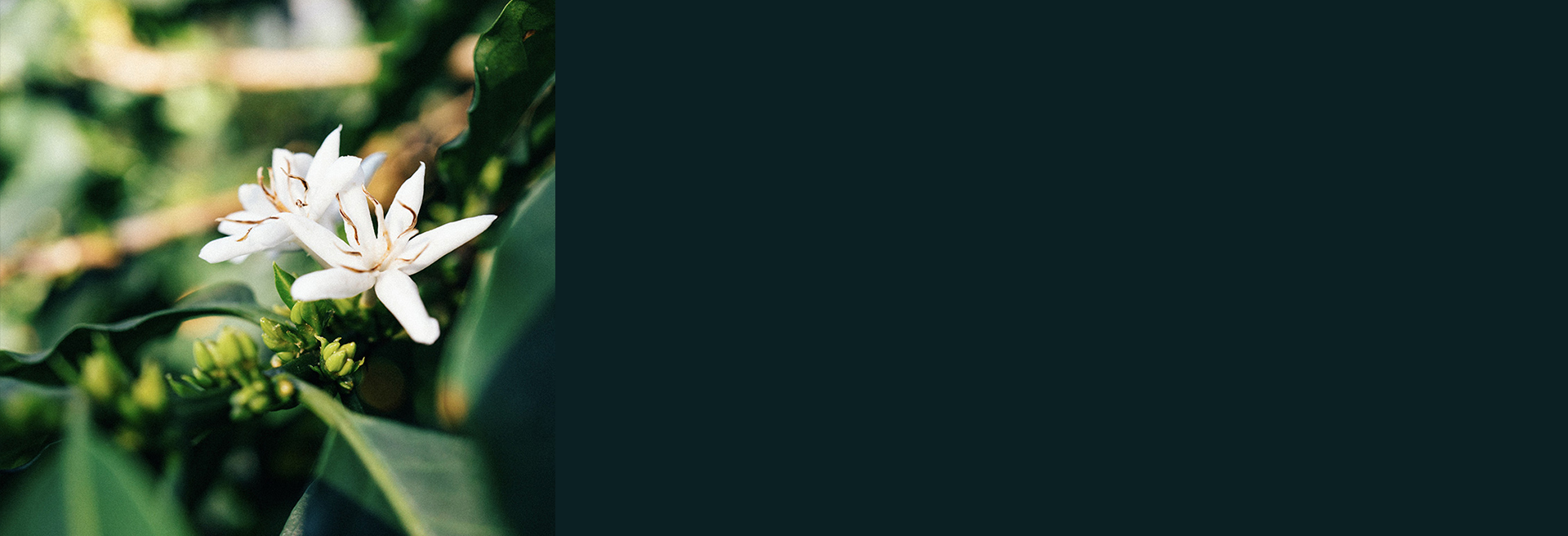Colombia
El Corozal
250g
QUALITY SCORE: 87.50
Cup Notes
Blackberry / Melon / Dark Chocolate
Suggested for espresso and filter
when we roast
We freshly roast to order all coffees on Monday, Wednesday and Friday (excluding national holidays), and ship the same day! Cut-off time is 11:59pm (UTC+1) of the day before the roast day. *We only ship whole beans*
Details
- Quality Score
- 87.50
- Producer
- Delfin Carvajal
- Country
- Colombia
- Terroir
- Huila
- Altitude
- 1500 mt
- Process
- Classic natural
- Arabica cultivar
- Caturra, Castillo, Colombia
- Picked in
- July 2020
- Arrived in
- February 2021
- Shipped in
- Jute + GrainPro
- Roast profile by
- Rubens Gardelli
- Roasted on
- Customised solid-drum roaster
THE STORY BEHIND
Delfin Carvajal, who runs Finca El Corozal, is an ambitious and talented man. In 2020, he took part in Huila Mágico Competition and ranked in the Top 10. Finca El Corozal is located in Garzón, Huila, and sits at the altitude of 1500 masl, where Delfín grows 20000 trees. Among the main coffee varieties planted on his plot, there are Caturra, Castillo, and Colombia.
Coffee production is a part of a four-generation family enterprise. Finca El Corozal belongs to the Carvajal-Castiblanco family (family of Delfín and his wife), but is actually managed by Delfín’s brother, Euclides Carvajal Córdoba. Finca El Corozal was born as a de facto union of 7 brothers, who bought the first 3 hectares in 2004 that they were extending up to 2011.
The brothers run Finca El Corozal adhering to the best practices of environmental sustainability. They do not allow any hunting or burning on the farm, they carefully control the water system during the washing process, re-use and transform the by-product from coffee cherries into compost, and avoid chemical pesticides as much as possible. This resulted in them gaining the Rainforest Alliance certification in 2009.
In addition to the work on his own farm, Delfín has created an association of more than twenty farmers from the same geographical area. Everybody is committed to planting different varieties and to invest in marketing their coffees. The organisation helps motivate the farmers to improve their production and assists them practically, which benefits the local economy.
THE VARIETY
CATURRA
Caturra coffee varietal was developed by the Alcides Carvalho Coffee Center of the IAC, Instituto Agronomico of the Sao Paulo State in Brazil.
In 1937, IAC received seed samples of genetic material originating on the border of Minas Gerais and Espírito Santo states. The samples came from Red Caturra and yellow Caturra cultivars. These two cultivars originated from Red Bourbon by way of natural mutation, originally a tall coffee shrub, found in the Serra do Caparaó, which is now a mountainous National Park to the north east of Rio de Janeiro.
This is the first naturally occurring coffee mutation found, with small size and high yield capacity. Red and Yellow Caturra are characterised by the closely sitting cherries. These varietals have excellent cup quality, because they are genetically very close to the Bourbon varietal.
CASTILLO
Castillo is named after the researcher Jamie Castillo, who helped Cenicafe, Colombia’s coffee research centre, develop the varietal in 2005. Castillo was designed as an improvement on the Colombia variety. It is resistant to leaf rust (roya) and other prevalent diseases, which has quickly made it the most planted coffee in Colombia. It is high-yield, and its smaller size allows for greater planting density, which have also made it so popular among farmers.
COLOMBIA
Using Catimor’s HdT x Caturra recipe as a blueprint, Cenicafé first created the Colombia variety as an F5 composite, and released it in 1982.
THE FERMENTATION PROCESS
Dry process seems simple: pick the fruit, lay it out in the sun until it turns from red to brown to near-black, and then hull off the thick, dried outer layer in one step to reveal the green bean. It is a method suited to arid regions, where the sun and heat can dry the seed inside the intact fruit skin.
It's often referred to as "natural coffee" because of its simplicity, and because the fruit remains intact and undisturbed, a bit like drying grapes into raisins. Since it requires minimal investment, the dry process method is a default to create cheap commodity-grade coffee in areas that have the right climate capable of drying the fruit and seed.
But it’s a fail in humid or wet regions. If the drying isn't progressing fast enough, the fruit degrades, rots or gets covered with mould.
Dry-processed coffees can also be wildly inconsistent. If you want a cleanly-fruited, sweet, intense cup, dry process (DP) takes more hand labor than wet process. Even the most careful pickers will take green unripe or semi-ripe coffee off the branch as they pick red, ripe cherry. If these are not removed in the first days of drying, the green turns to brown that is hard to distinguish from the ripe fruit.
Delfin’s fermentation process for his natural coffee includes 14 hours in cherries, then it is brought for an average of 8-12 days on solar dryers. The process is then completed when the coffee goes through the mechanical drying for 32 hours at 36°C.




